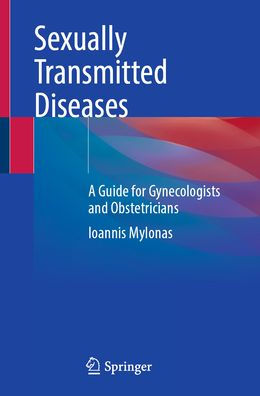Each infection is addressed in dedicated chapters, which provide comprehensive information on the pathogen, incidence rates, risk factors, epidemiology, clinical features, diagnostics, complications, treatment options, and prevention strategies. The text also emphasizes the importance of these infections in obstetrics and neonatology, where relevant.
To ensure quick access to vital information, the text features numerous clear algorithms and tables for diagnostics and treatment, all aligned with the latest national and international guidelines and recommendations.
Each infection is addressed in dedicated chapters, which provide comprehensive information on the pathogen, incidence rates, risk factors, epidemiology, clinical features, diagnostics, complications, treatment options, and prevention strategies. The text also emphasizes the importance of these infections in obstetrics and neonatology, where relevant.
To ensure quick access to vital information, the text features numerous clear algorithms and tables for diagnostics and treatment, all aligned with the latest national and international guidelines and recommendations.

Sexually Transmitted Diseases: A Guide for Gynecologists and Obstetricians
483
Sexually Transmitted Diseases: A Guide for Gynecologists and Obstetricians
483Paperback

Product Details
| ISBN-13: | 9783031782039 |
|---|---|
| Publisher: | Springer Nature Switzerland |
| Publication date: | 09/28/2025 |
| Pages: | 483 |
| Product dimensions: | 6.10(w) x 9.25(h) x (d) |
